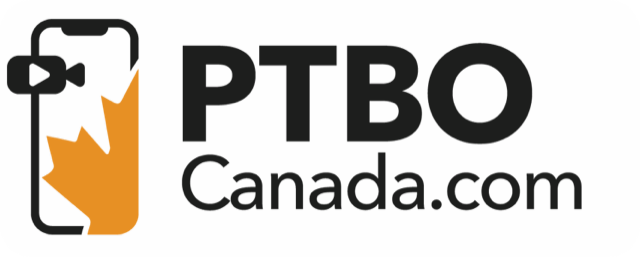Federal and Provincial Governments Provide $830,015 of Additional Funding For Seven Housing Units In Peterborough
/During the grand opening of the multi-storey housing unit at 681 Monaghan Rd., the federal and provincial governments announced an additional investment of $830,015 for constructing seven housing units for vulnerable populations in Peterborough on Thursday morning.
Emma Harrison, Peterborough-Kawartha MP (left); Gregor Robertson, Minister of Housing and Infrastructure and Minister (centre) and Mayor Jeff Leal (right) during the grand opening of the multi-storey housing on 681 Monaghan Rd. Photo by David Tuan Bui.
The announcement was made by Emma Harrison, Peterborough-Kawartha MP, on behalf of Gregor Robertson, Minister of Housing and Infrastructure and Minister responsible for Pacific Economic Development Canada; and Brian Saunderson, Parliamentary Assistant to the Honourable Rob Flack, Ontario’s Minister of Municipal Affairs and Housing, alongside Jeff Leal, Mayor of Peterborough and Bonnie Clark, Warden of Peterborough County.
“Everyone deserves a roof over their head and a safe place to call home. This investment will help many families and individuals to heal and rebuild their lives, offering not just a home but also hope,” said Harrison. “The federal government’s ongoing support and commitment to creating affordable housing will help improve the lives of the most vulnerable from our community, here in Peterborough.”
“The federal government is committed to helping communities develop local solutions to address the housing crisis,” said Robertson. “The projects announced today will provide more safe, affordable homes for the most vulnerable residents of Peterborough. I’m proud of our government’s involvement, and of the tangible difference it will make for people in this community.”
Rebekah Victor or Peterborough Housing Corporation tours (far left) the dignitaries through a vacant unit of the multi-storey unit. The Governments of Canada and Ontario previously announced over $854,000 for this project, bringing the total joint federal-provincial investment to more than $1.6 million. Photo by David Tuan Bui.



















